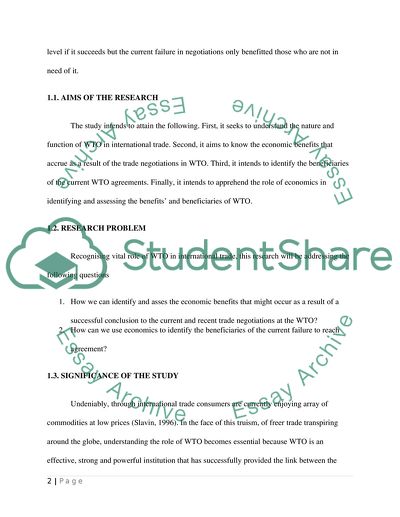Cite this document
(World Trade Organisation - Benefits and Beneficiaries Research Paper, n.d.)
World Trade Organisation - Benefits and Beneficiaries Research Paper. Retrieved from https://studentshare.org/macro-microeconomics/1747710-wto
World Trade Organisation - Benefits and Beneficiaries Research Paper. Retrieved from https://studentshare.org/macro-microeconomics/1747710-wto
(World Trade Organisation - Benefits and Beneficiaries Research Paper)
World Trade Organisation - Benefits and Beneficiaries Research Paper. https://studentshare.org/macro-microeconomics/1747710-wto.
World Trade Organisation - Benefits and Beneficiaries Research Paper. https://studentshare.org/macro-microeconomics/1747710-wto.
“World Trade Organisation - Benefits and Beneficiaries Research Paper”, n.d. https://studentshare.org/macro-microeconomics/1747710-wto.


